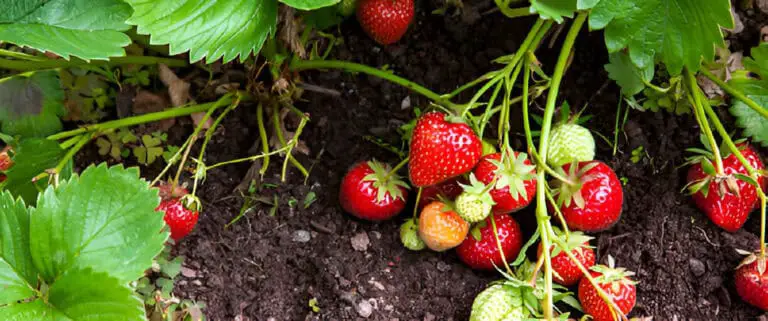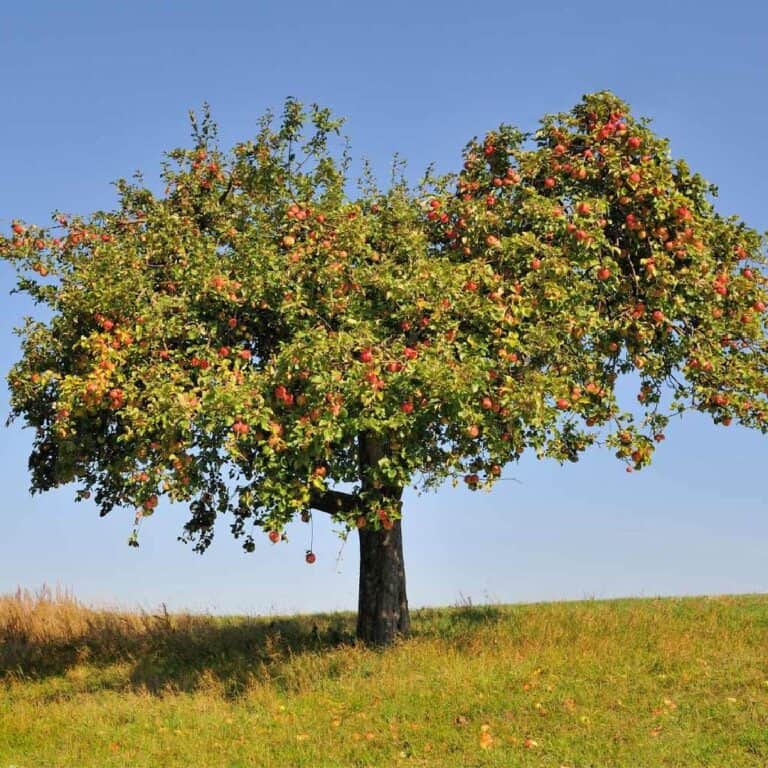Do Sunflowers Face Each Other on a Cloudy Day When There is No Sun?

As their name suggests, sunflowers do love the sun. Sunflowers are a special type of flower that has the ability to track the sun throughout the day.
Young sunflowers face east at sunrise and turn west throughout the day. This motion allows growing sunflowers to soak up maximum sunlight that they can then convert to energy through photosynthesis.
This means that they always face the sun, no matter where it is in the sky. But what happens on a cloudy day? Do sunflowers face each other?
No, sunflowers do not face each other on a cloudy day. In fact, they may not face each other at all. Sunflowers are known to track the sun across the sky during the day, so on a cloudy day, they may just be facing blankly in different directions.
In this article, we will find out how sunflowers can track the sun’s position all day long. In addition to that, we will know what happens to sunflowers if there is no sun.
Do Sunflowers Face Each Other When There is No Sun?
On a cloudy day, do sunflowers face one another? No, they don’t. Sunflowers are not known to be very communicative, and they certainly don’t have eyes.
On a cloudy day, they may orient themselves in the same direction in order to maximize the amount of sunlight they receive. So while they’re not looking at each other, they may appear to be facing each other.
Well, according to a new study, it appears that sunflowers do indeed face each other on a cloudy day.
The study, which was conducted by researchers at the University of Southampton in the UK, found that sunflowers turn their heads towards each other when it’s cloudy.
Why do they do this? The researchers believe that it’s because they’re trying to maximize the amount of sunlight they receive. By facing each other, they can make sure that they’re getting as much light as possible.
So there you have it: sunflowers really do face each other on a cloudy day!
The Heliotropism of a Sunflower
When you think of a sunflower, what comes to mind? Likely, it’s the image of a large yellow flower with a brown center, facing up towards the sun. What you may not know is that this position isn’t just for looks. Sunflowers are one of many plants that engage in heliotropism, or tracking the movement of the sun across the sky.
This phenomenon is achieved through a combination of phototropism (growth towards light) and thigmotropism (response to touch). As the sun moves from east to west, the sunflower’s leaves are constantly readjusting to ensure they are receiving the most sunlight possible.
While this may seem like a lot of work for a plant, heliotropism confers several benefits.
- Tracking the sun is a key component of photosynthesis. As the sun moves across the sky, it casts light onto different portions of the sunflowers leaves, allowing them to carry out photosynthesis at its optimal rate.
- Additionally, tracking the sun allows sunflowers to follow the best angle for receiving sunlight. This is particularly beneficial in the winter months when the sun is lower in the sky.
- Heliotropism also helps sunflowers receive the maximum amount of sunlight. This is important because the flowers need to track toward the sun in order for them to turn their faces toward it so that they can be pollinated.
Sunflowers Hormone for Tracking Sun Movements
According to UC Davis sunflower stems grow so tall thanks to a plant hormone called auxin. This hormone is tied to sunflowers’ circadian clock or circadian rhytm; it’s like a 24-hour timer that syncs the plant with light and temperature changes.
For example, a circadian clock can tell flower petals to close up at night. But the clock is solar powered, so a few days without the sun will mess up its rhythm.
In the sunflower’s case, its internal clock tells the stem to grow faster on one side and then the other. The uneven stem growth is what tilts the sunflower’s face left and right throughout the day.
By watching how they move at night, you can tell sunflowers follow their clock, not the sun. Young sunflowers end the day with their faces pointed west. Overnight, they make a 180-degree turn in order to be facing east for sunrise.
Fully-grown sunflowers don’t always face the sun. Instead, they will settle with their faces pointing east. As their growth slows, sunflower plants focus on fruiting, and sunflowers’ circadian clocks switch to focus on morning sunlight only.
Why the east in particular? Sunflowers that face east heat up faster in the mornings, and warm flowers can attract five times as many pollinators. Mature sunflowers settle facing east to encourage bees to visit during the all-important pollination season.
Do Sunflowers Share Energy When There Is No Sun?
Unfortunately, sunflowers can’t share energy with each other in place of the sun. There’s just no substitute for sunlight when it comes to photosynthesis, the process that turns solar energy into plant fuel.
Remember that even if two sunflowers are turned with their faces pointed toward each other, this is just their circadian clocks adjusting after a couple of overcast days.
Your sunflowers do need full sun to grow their best, though. In fact, the majority of their nutrition comes from absorbing sunlight. This is also why sunflowers’ internal clocks follow the sun so closely during their growing period.
Although common sunflowers can’t reflect the sun to share light, some sunflower species share energy in other ways.
The Jerusalem artichoke is a tuberous-type sunflower that grows perennially. Unlike annual sunflowers, these spread and multiply by underground rhizomes.
Since one large root can support 6 stems, this sunflower variety uses its roots to share energy. Click the link to read more about the Jerusalem artichoke where the plant is listed as a weed by Ohio State University Extension.
What Sunflowers Do When There Is No Sun?

Sunflower leaves can still photosynthesize on cloudy days or in the shade. These plants also have a built-in protection system that prevents damage from too much direct sun.
If sunflowers absorbed sunlight faster than they could convert it into energy, their leaves would get damaged or even die.
When clouds pass over the garden, sunflowers will just switch this shade system off until the sun comes out again. This internal shade protection does take a while to adapt to (a lot like their circadian cycles). Lots of clouds between sunny days can slow your sunflowers’ growth as they struggle to adjust.
Too much cloud cover will usually force growing sunflowers into energy conservation mode. After several days, their circadian movement stops and stem growth pauses. They’ll stand with their faces straight up or to the east until the sun reappears.
Since sunflowers rely on direct sun, planting them in the shade will stunt sunflower height. Mature sunflowers will also miss out on the sun warming that attracts pollinators like bees.
For the tallest and healthiest sunflowers, you’ll want to plant them in the sunniest part of the garden. Sunflower containers are a flexible option for sunny porches or patios.
| Wacky Tip – There’s even a solution for cloudy spells during pollen season: a portable heater pointed toward your mature flowers will bring back pollinators in droves. |
Conclusions
In conclusion,the sunflowers may or may not face each other on a cloudy day. They could not even face one another. Sunflowers are known to follow the sun as it moves across the sky throughout the day, so if it’s gloomy out, they could just be staring off into space.
But why would they want to face each other in the first place? Well, it’s because of something called heliotropism. Heliotropism is the biological phenomenon of plants tracking or “following” the sun across the sky.
After a few days, they begin to anticipate this movement and bend from west to east at night to maximize their absorption of sunlight in the morning. This is due to the fact that they possess an “internal clock” known as a circadian rhythm, which is comparable to the circadian rhythms that control wakefulness and sleep in humans.
So, for sunflowers, facing each other would mean that they’re not getting the full effect of the sun’s rays.







